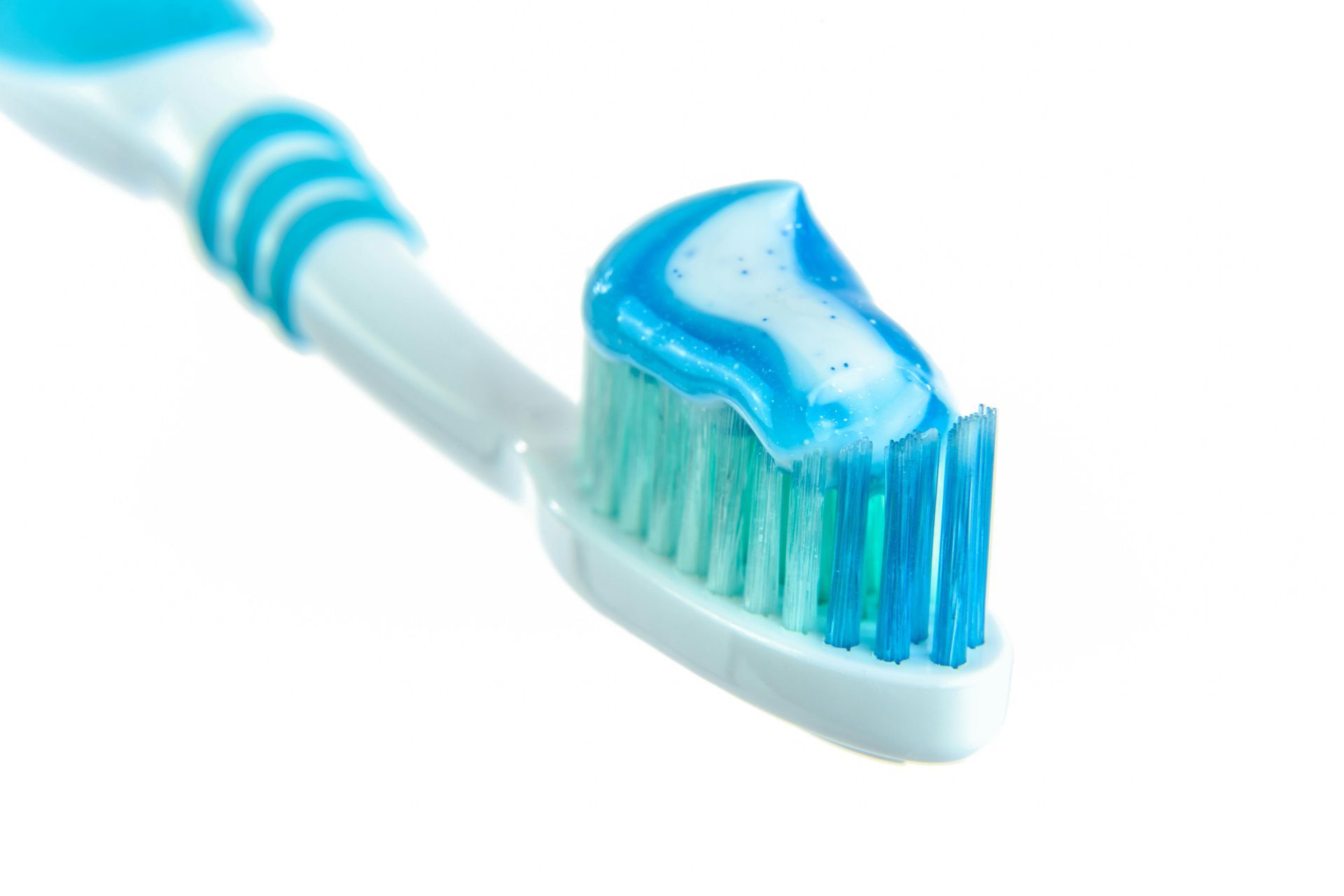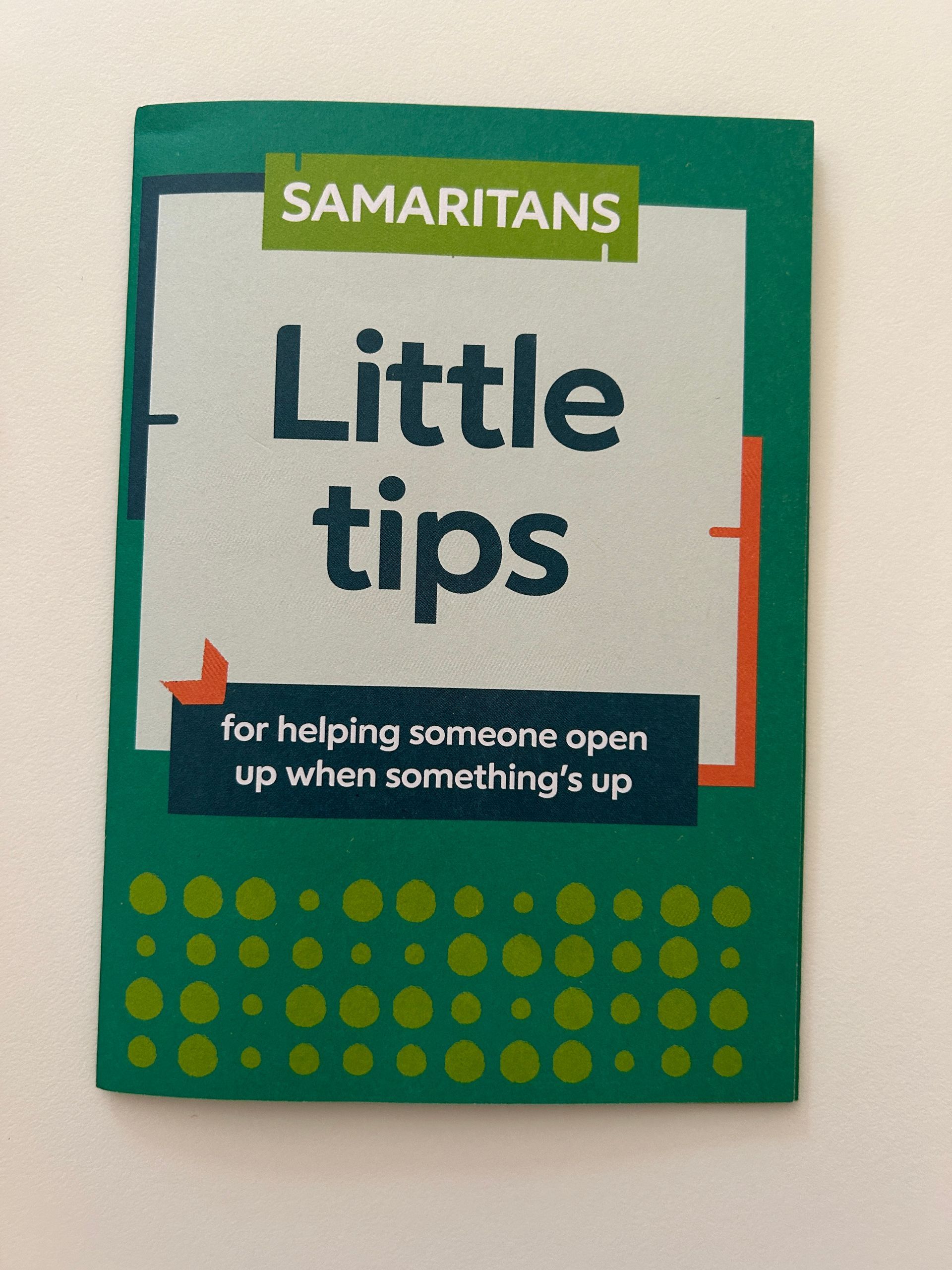True or False facts about stress…
Pressure mounts in all of us and most of the time it can be manageable, it is monitoring the point that it is not safe for our mental health. We need to be aware of our own signs and symptoms. They can fall into four categories or can be accumulative, that you experience a mental sign that then leads to physical symptom. The four areas are as follows with a couple of examples:-
- Mental – losing the ability to make decisions, not thinking logically…
- Emotional – angry about small things, overly sentimental…
- Behavioural – fidgeting, biting nails…
- Physical – backache, headache…
What do we know and believe about stress? – See the following statements below and decide whether they are true or false
- Women are more prone to stress – True/False
- Stress and anxiety are the same – True/False
- Causes of stress are the same for everyone – True/False
- Anxiety disorders are the most common mental illness in the US – True/False
- Stress can have a purpose – True/False
- Medical Research suggests that up to 90% of illness and disease is stress related – True/False
The Answers:-
- True – Women are more prone to stress, they show more physical signs. Men don’t escape stress although might not exhibit the signs as much as women.
- False – Stress and anxiety are not the same, stress is a reaction to a change in circumstances or environment and anxiety is a feeling of apprehension which can lead to stress
- False – Causes of stress can be very different, some individuals may thrive on the pressure of a deadline.
- True – Anxiety disorders are the most common mental illness in the US – they equate for 18% of adult population, approximately 40 million people.
- True – Stress does have a purpose – it releases our fight or flight mode, which as an adrenaline rush can improve our memory and as the brain is working harder can even create new brain cells.
- True – 90% of illness and disease is stress related, the most common GP visits are for the following:-
- Skin disorders, including cysts, acne and dermatitis.
2. Joint disorders, including osteoarthritis.
3. Back problems.
4. Cholesterol problems.
5. Upper respiratory conditions.
6. Anxiety, bipolar disorder and depression.
7. Chronic neurologic disorders.
8. High blood pressure.
9. Headaches and migraines.
10. Diabetes.
- Skin disorders, including cysts, acne and dermatitis.
For a workshop to understand how to manage pressure, please do get in touch bev@nuggetsoflearning.co.uk












